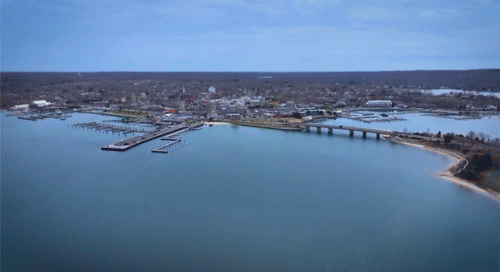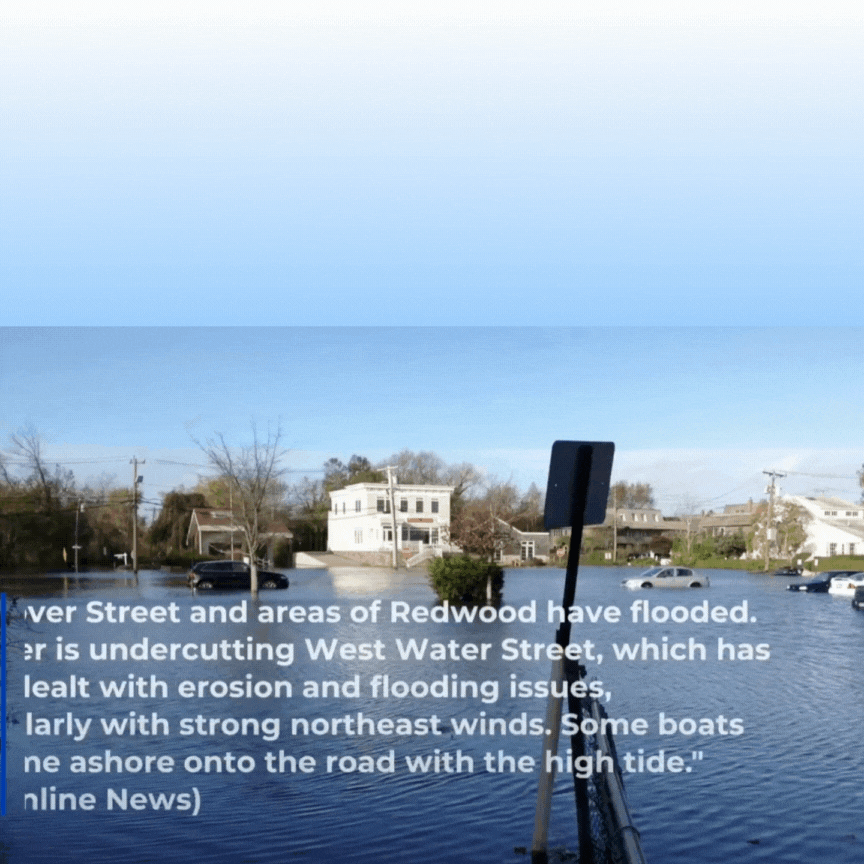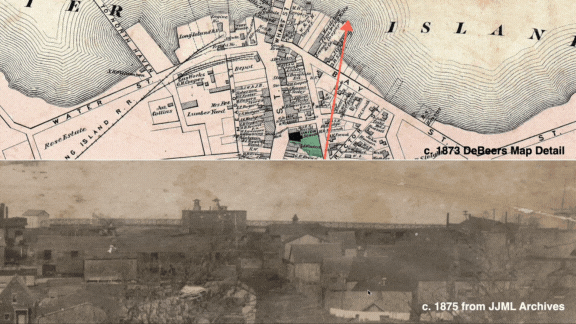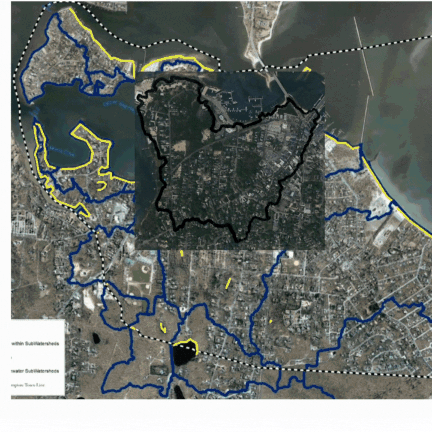
Sag Harbor Backyard Project (Study)
LOCATION: Sag Harbor Backyard
DATE: ongoing —> the future
TYPE: Study
The environmental crisis facing the east end of Long Island is extraordinarily urgent. Central to our practice is the ability to anticipate and reckon with the increased number of climatological concerns, particularly flooding, and in our design practice we have become incredibly sensitive to learning about the historical, present, and future challenges and opportunities of building on and with this landscape.
In service of expanding this investigation beyond our practice, Nilay Oza has founded the Sag Harbor Backyard Project, a research/educational project that involves local teens, scientific experts, and artists in a variety of encounters with the local topography.
Centered around the Sag Harbor Backyard Parking Lot, currently under consideration for large-scale development, this project seeks to raise awareness among the community about the realities of climate change, and to undo harmful yet believable myths about the cyclical nature of flooding and the likelihood of superstorms such as Hurricane Sandy.
We aim to connect the conversation about global climate, which can feel abstract, to our local reality, which is shared, experienced, and observed by all of us living here.
This project takes a few forms, all of which are research and creative projects driven by Nilay Oza and undertaken in partnership with local students, activists, scientists, and artists.
HURRICANES AND FLOODING
Centered around the idea that “the past is prologue,” we have undertaken a significant historical research project into Hurricane Sandy. Studying how the hurricane came ashore, and how it impacted the local environment, can give us a roadmap for how to prepare for the next one (which will come).
HISTORY
Sag Harbor’s Backyard, the portion west of Main Street, is ever-changing, and extremely liable to flooding given its high groundwater levels and proximity to the ocean. It’s easy to believe that this is simply how things are, but part of our project is to demonstrate how the earliest settlement of Sag Harbor, in the 1600s, directly links to how it is managed today.
THE FUTURE
Resilience and revitalization are not only possible but necessary. We are entering an era of climate resilience, and believe that properly and carefully managing the Backyard will be central to a successful and sustainable Sag Harbor.
WHAT’S NEXT?
What we do with this parking lot portends the future of Sag Harbor, and begins to be part of a roadmap for resilience. Taking this opportunity seriously gives us the chance to see how resilient our communities really are, and how important it is to take every opportunity to decrease catastrophic environmental impacts and increase our longevity in this extraordinary part of the world. One idea proposed by students is centered around George the duck - and giving back his pond.




